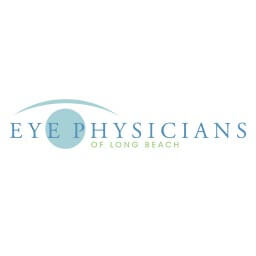Blog post by: Eye Physicians of Long Beach

The eyelid region is one of the most common sites for skin cancers. In fact, skin cancers of the eyelid, including basal cell carcinoma (BCC), squamous cell carcinoma (SCC), and melanoma, account for five to 10 percent of all skin cancers.
According to the National Cancer Institute, 1 in 5 Americans will develop skin cancer.
Eyelid skin cancers in particular carry the risk for tissue damage to nearby vital ocular structures and even blindness. The skin around the eye is the thinnest skin in the body and spread of the tumor into the nasal and orbital cavities (the area behind the eye) can occur if the cancer is not treated in a timely fashion.
Early detection is important but can be difficult as these cancers can often grow under the skin of the eyelids for years before presenting on the surface.
Basal cell carcinomas and squamous cell carcinomas adjacent to the eye are usually treated with microscopically controlled surgery (Mohs micrographic surgery), due to the tissue-sparing nature of the procedure and high cure rates.
Since the risks for local spread are high and reconstruction of the eyelids is complicated by the complex three-dimensional anatomic relationships that need to be restored after tumor removal, awareness of the early signs of eyelid skin cancer is important.
In some instances removal of larger growths or skin cancers may result in larger defects that extend through the entire lid. Many of these can be sutured together directly, but many others may require more complex reconstructions. In many of these more complex cases, the surgeon will need to use transfer of adjacent tissues (what we call ”flaps”), or transfer of skin from other parts of the eyelid face or body (what we call “skin grafts”) to complete the reconstruction. Some of these more complex reconstructions may require more than one operation to complete (what we call “staged reconstruction”).
It is important to find a specialist in oculoplastic surgery who is experienced in eyelid reconstruction and understands the function of the eyelids and eyeball. Only a surgeon with proper understanding of both the eyelids and the eyeball can properly reestablish the eyelid to its normal state for its primary role of protecting and lubricating the eyeball itself.
As with all skin cancers in other parts of the body, sunscreen plays a crucial role in the prevention of such growths. Unfortunately, application of sunscreen to the upper and lower eyelids is complicated by potential irritation when sunscreen is inadvertently rubbed into the eye. Thus, people often skip sunscreen application to the eyelids (who hasn’t had gotten sunblock in their eye right?!).
There is data to suggest that wearing sunglasses that block 99-100 percent UV radiation is an important way to prevent cataracts and skin cancers in areas around the eye, and that a broad spectrum, SPF 15+ sunscreen should be applied to the eyelid region as well as to all exposed areas of the body.
If you have a “bump” or a ”growth” on your eyelids please have it examined by your oculoplastic specialist. It may not be a style after all.
